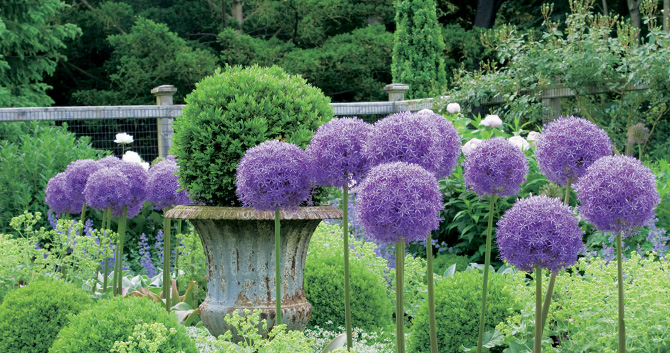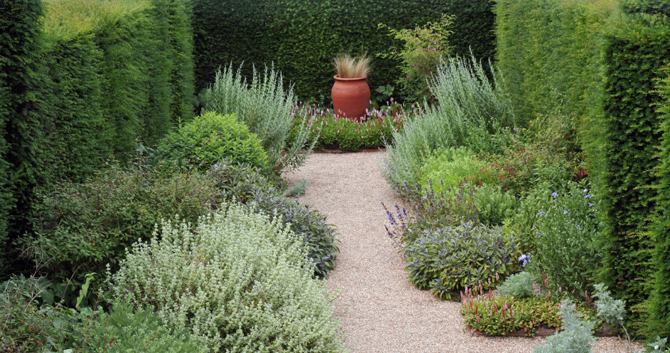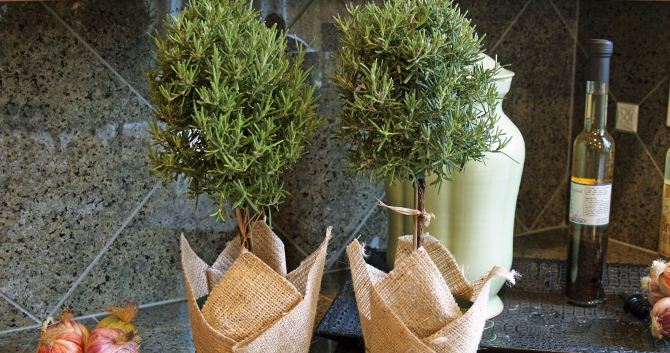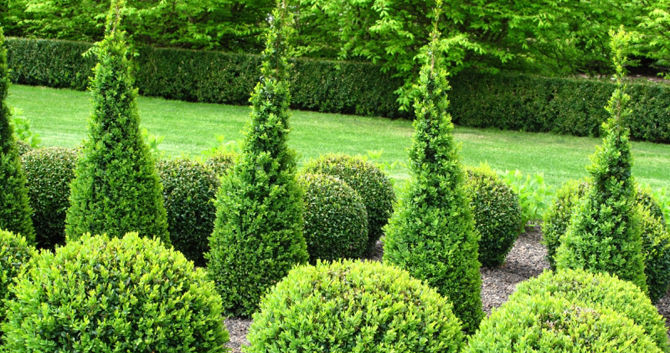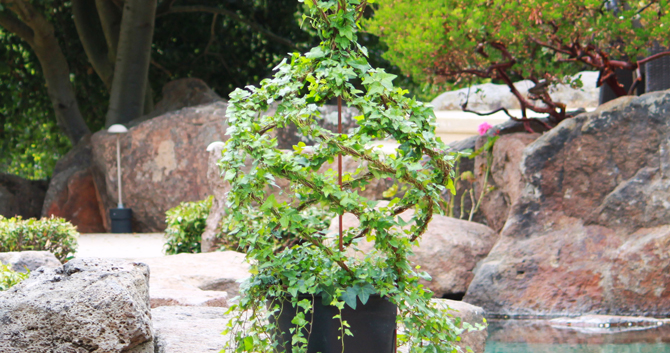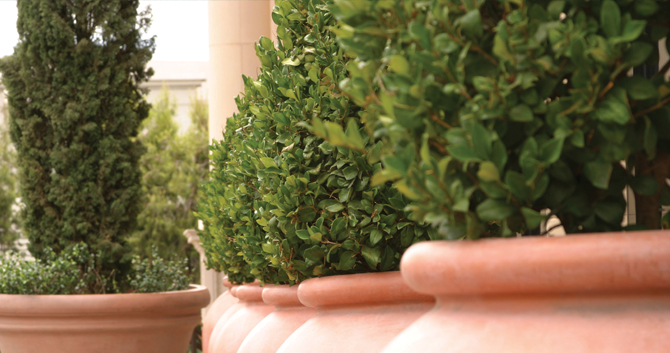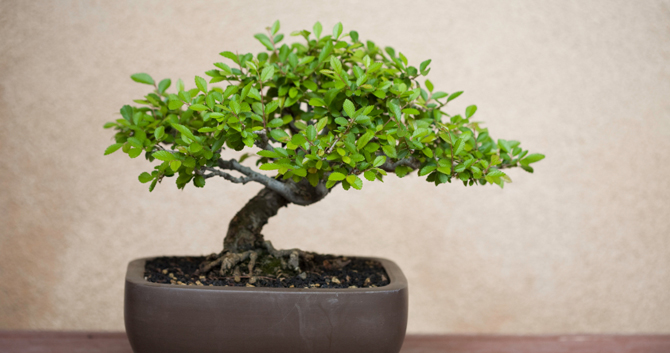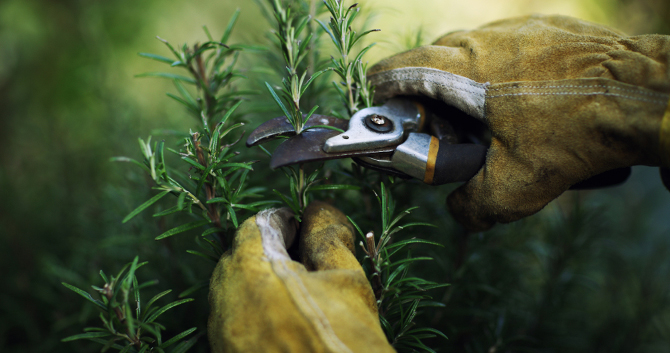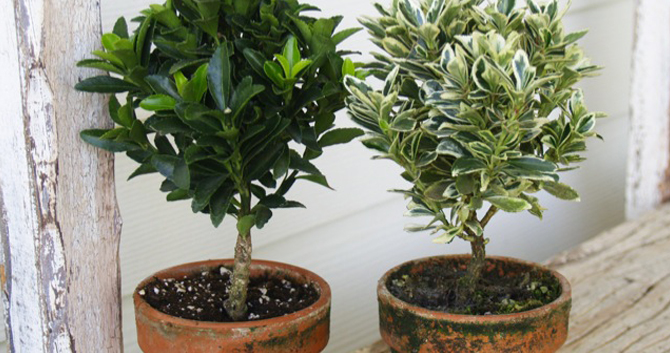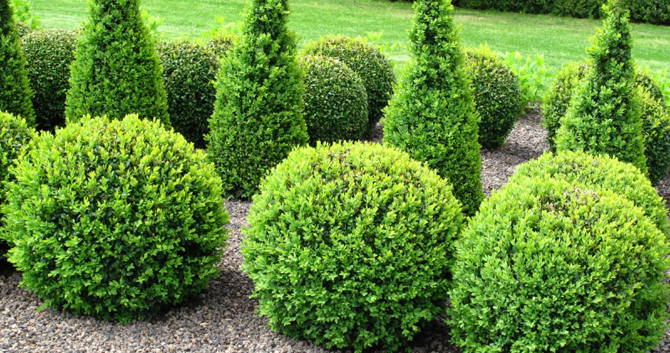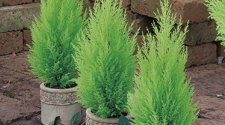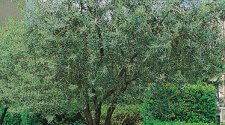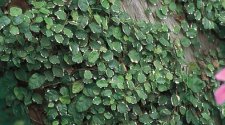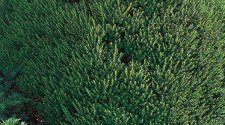Topiary is a classic form of living sculpture that adds architectural interest on any scale, from large expanses or small gardens to room accents or table centerpieces. Whether formal or whimsical, topiary creates a focal point that sparks conversation and always makes a memorable impression.
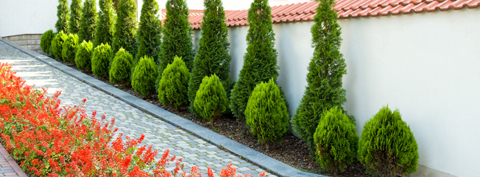 Try varying the size and shape of topiary bushes along a path or driveway
Try varying the size and shape of topiary bushes along a path or driveway
Topiary comes in many shapes, sizes, and styles. Sculpted evergreen topiaries add prestige and formality to entryways and driveways, while manicured hedges create a neat, attractive privacy screen. Pots of trained ivy or clipped fragrant herbs bring life to indoor and outdoor decorating.
The ancient Romans are credited with first shaping evergreens, trees, and shrubs into art forms, inspiring cultures around the world to adapt the practice to their own sense of style over the centuries.
European design emphasized structure and formal architecture with clearly defined geometric shapes like globes, obelisks, and pyramids. The French designed parterres—evergreen hedges shaped into low borders surrounding a garden. The British were fascinated with hedge mazes and knot gardens.
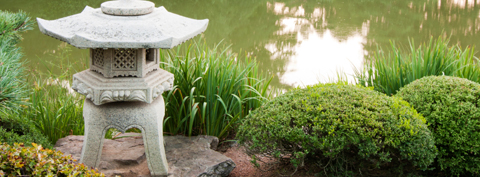 Japanese gardens create a tranquil settings with manicured evergreens in organic shapes
Japanese gardens create a tranquil settings with manicured evergreens in organic shapes
The Japanese and Chinese embraced natural forms that appear to have been bent and shaped over time by wind and weather—bonsai trees and Zen gardens with shrubs resembling stones smoothed by flowing water.
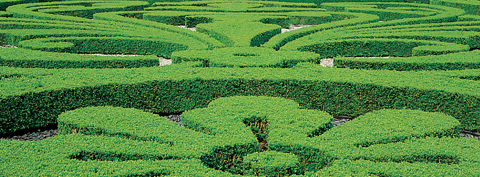 Formal topiary uses slow growing yew and boxwood manicured into precise geometric shapes
Formal topiary uses slow growing yew and boxwood manicured into precise geometric shapes
Traditional topiary is made from slow-growing compact evergreens with small dense foliage, such as boxwood, arborvitae, bay laurel, holly, myrtle, privet, or yew. ? With some care and patience, these can be shaped into contemporary or traditional forms. Although intimidating at first to make that first cut, there is little to lose. Just like a bad haircut, mistakes will grow out and you can always try again if the first attempt looked more like a slip of the shears than a professional manicure.
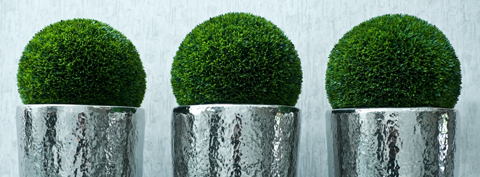 Gardner designers are reinventing topiary to create a modern aesthetic on a smaller scale
Gardner designers are reinventing topiary to create a modern aesthetic on a smaller scale
American ingenuity has modernized these classic shapes and scaled them down to make topiary accessible to everyone. Reinterpreted for modern lifestyles, portable topiary made from simple wire frames and fast-growing ivy or shrubs is now widely available in garden centers and retail florists. The wire form creates a guide for trimming that ensures the topiary maintains its shape as it continues to grow. These potted versions grown in pots can be moved around from room to room or from indoors to outdoors with the change of season.

